Ever wondered how to up your angling game when the sun goes down? Well, you’re not alone – understanding how to catch snook at night is on many fisherfolks’ minds. The allure of these crafty creatures takes on a whole new dimension as daylight fades, but we’ve got the inside scoop for your next nocturnal adventure.
Every detail counts on your nighttime endeavors, from selecting prime locations near bridges and jetties to comprehending the impact of moon phases and water temperature on fish behavior. Also, the choice of bait, be it finger mullet or scented soft plastics, can make a world of difference. Ultimately, patience, keen senses, and accurate casting hold the keys to success.
Understand the Snook Behavior at Night Before Planning Your Adventure
As the sun goes down, this fascinating fish species experiences a drastic change in behavior. They become more active, zipping about with energy not often seen during the day. This is because the cover of darkness stimulates their appetite, making nighttime an optimal feeding period.
It’s not just about hunger, though. These fish have a knack for taking advantage of low-light conditions, making them top-tier ambush predators. Instead of openly chasing their meals, they play the waiting game, lurking in the shadows and striking unsuspecting prey.
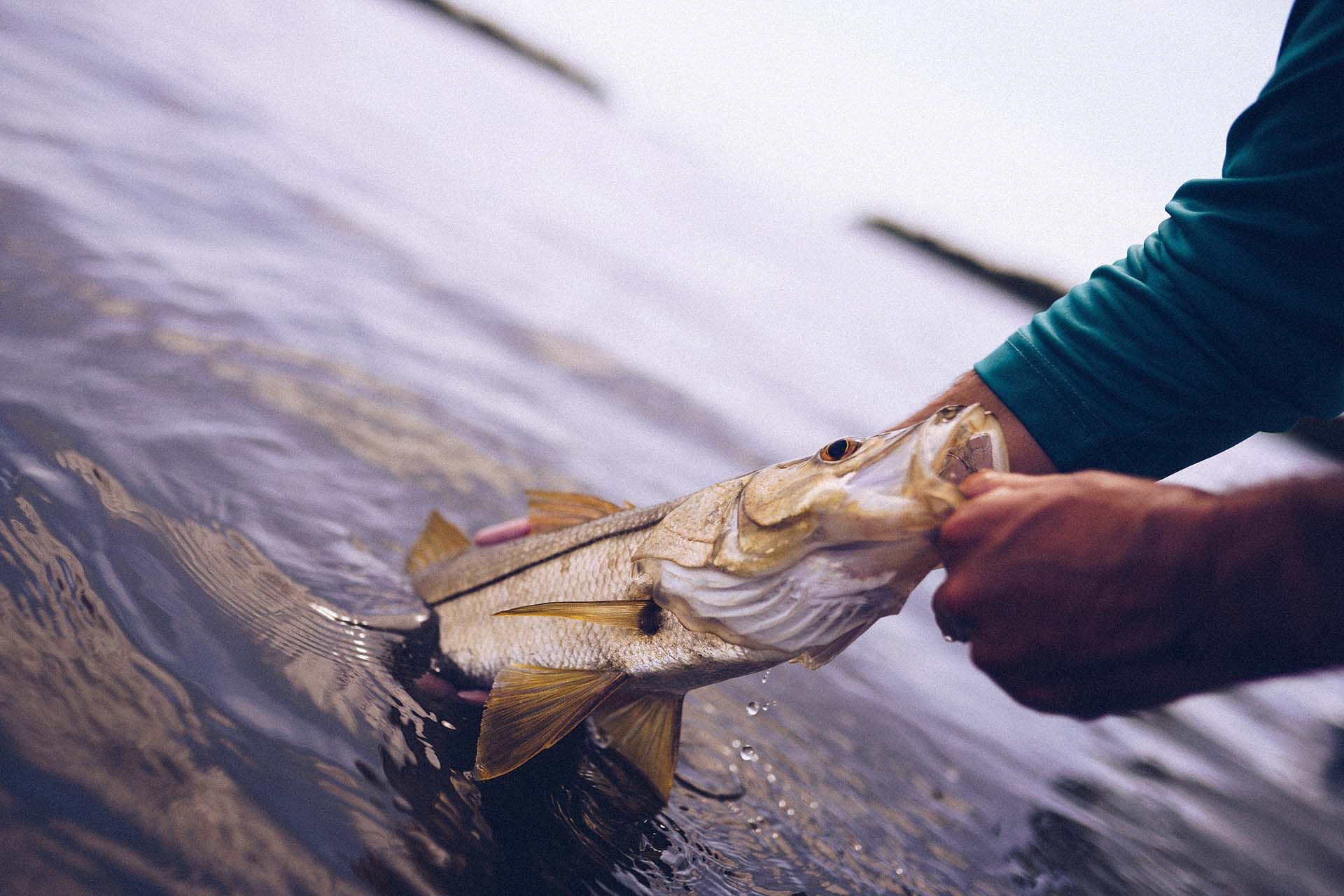
Essential Gear and Tackle for Nighttime Snook Fishing
Gearing up for this nighttime fishing session isn’t quite the same as your daytime prep. While the fundamentals remain, a few tweaks can significantly ramp up your success rate. Let’s start with the basics:
- Rod and reel – it’s best to go for a medium-heavy action fishing rod and combine it with a high-quality spinning reel, as that gives you both the power and flexibility you need,
- Line – a 10 lbs braid is a sweet spot for your main fishing line, and when you combine it with a 20 lbs fluorocarbon leader, you’ve got the right balance between stealth and strength,
- Hooks – circle fish hooks in the range of 1/0 to 4/0 depending on your bait size will ensure better hook sets while minimizing harm to the fish.
Now that we got all the way down to the hook, let’s take a look at some recommendations when it comes to tackle:
- Lures – soft plastic jerk baits and paddle tails work wonders as they imitate baitfish movements,
- Plugs – MirOLure Suspend Twitchbait and topwater plugs are the best options,
- Live bait rigs – nothing beats a lively mullet or pinfish under a popping cork,
- Jigs – bucktail jigs in natural hues can work well, especially when your target is feeding close to the bottom,
- Spoons – HESTYA Fishing Spoons are a great choice, as they can mimic a fleeing baitfish.
Having a Quality Headlamp by Your Side Is Crucial
Last but not least, let’s talk about one of the most overlooked pieces of equipment – headlamps. Having one isn’t just about seeing where your line’s going – it’s about ensuring you’re safe out there. Between spotting snags in the water to navigating paths or shorelines, good lighting is essential.
Additionally, a reliable flashlight can make bait selection and rigging a breeze. Also, don’t underestimate the value of reflective clothing, as it helps fellow anglers spot you from a distance and reduces the risk of accidents. All in all, while that perfect fishing rod and reel combo is crucial, never neglect the simple, life-saving brilliance of effective lighting.
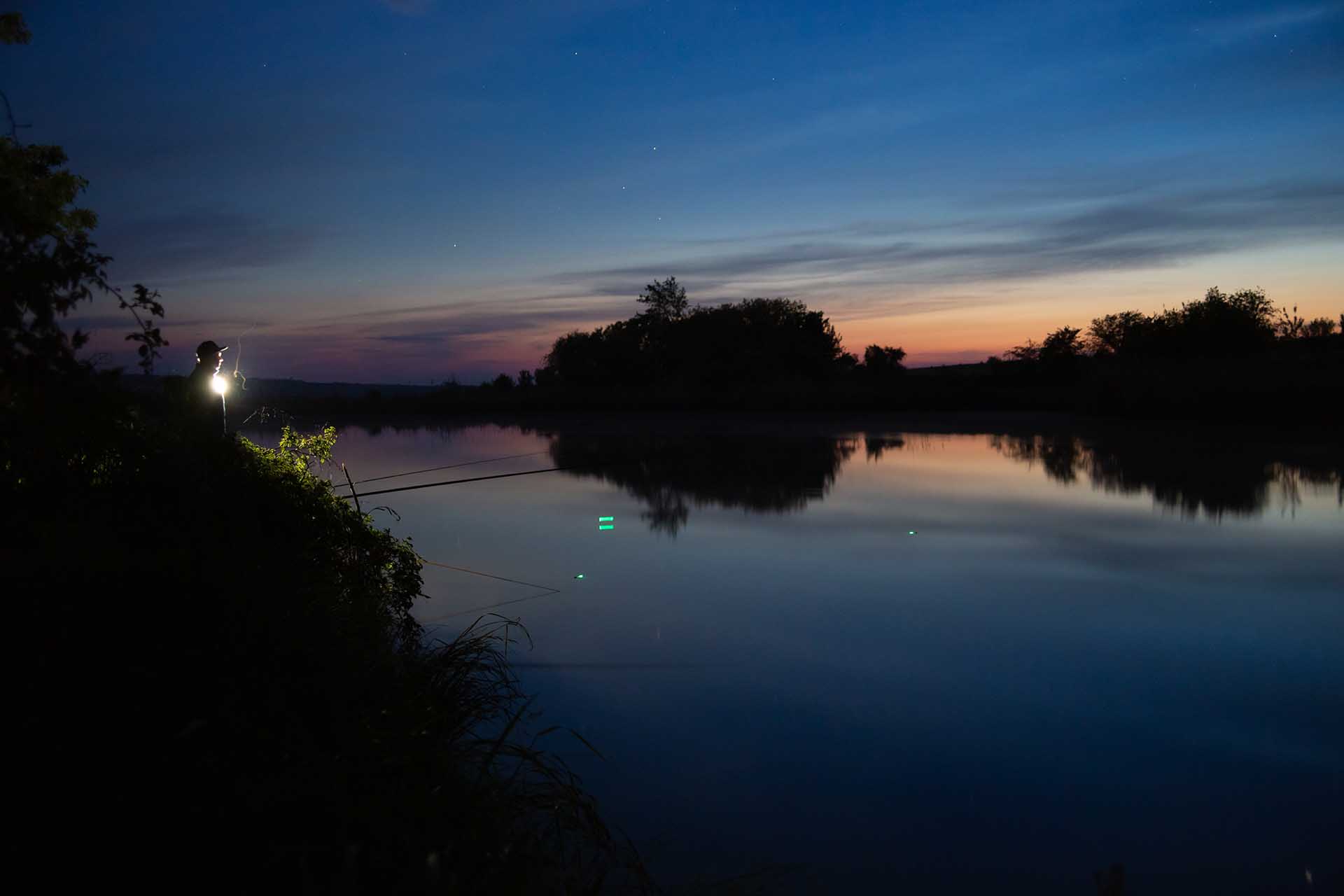
Choosing the Right Nighttime Fishing Location
The thrill of nighttime fishing takes a new dimension when you’re stationed at the perfect spot. While these crafty saltwater fish can be found in various environments, certain areas have gained a reputation for being hotspots after dark:
- Bridges – with their underwater structures and shadow lines, bridges are a magnet for baitfish and subsequently, our main targets,
- Jetties – these structures often have crevices and holes that act as excellent hiding places for prey, making them prime feeding zones,
- Docks – especially docks with lights attract all kinds of marine life, creating a mini-ecosystem that’s ripe for fishing,
- Shallow flats – with their mix of sand and seagrass, these areas offer both food and camouflage, making them an appealing nighttime haunt.
Tips for Selecting Productive Spots Based on Tidal Movement and Moon Phases
Before you even consider the pull of the moon or the rush of the tide, it’s best to scout your intended fishing location during daylight. And when it comes to the tide, those few hours leading up to high tide can be golden.
But don’t forget the silent sentinel in the sky – the moon. Its phases, especially the full and new moons, influence the water beneath. A full moon, with its bright luminance, might make your finned targets a bit more wary. However, it also leads to higher tides and increased movement, which is always a good thing if you’re planning on snatching a few trophies.
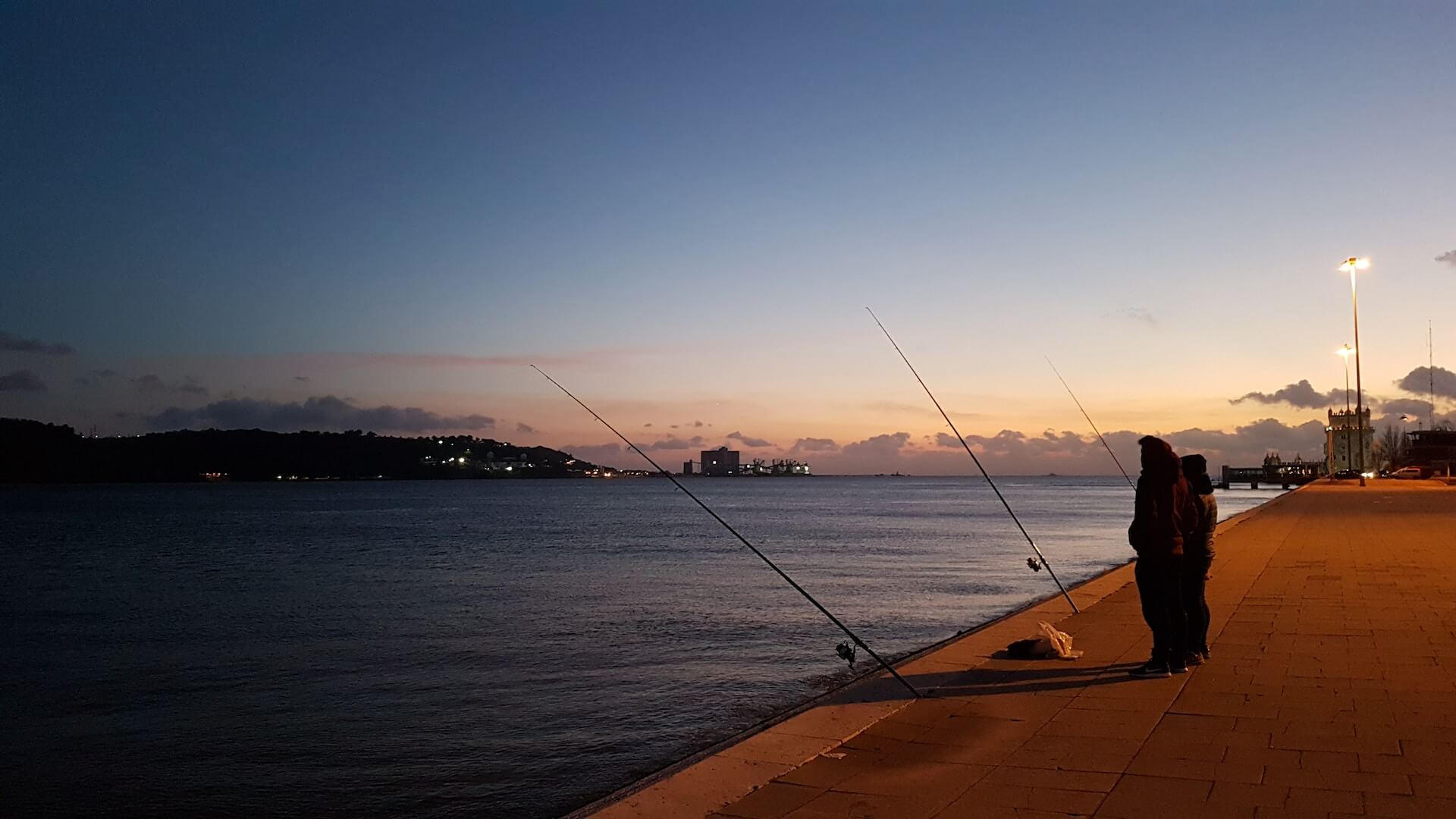
Factors to Consider When Nighttime Snook Fishing
Venturing out into the world of saltwater nighttime fishing, one quickly realizes just how complex the whole ordeal is. From the cosmic dance of the moon to the subtle shifts in water temperature, each element plays its part in this nocturnal ballet. So, let’s take a closer look at some factors we’ve already mentioned to maximize your chances of success.
The Significance of Moon Phases
We’ve already touched upon the pull of the moon and its influence on our underwater quarry. A full moon, with its radiant glow, doesn’t just lead to higher tides and more vibrant water movement – it’s also a beacon in the night. The natural luminary can provide enough visibility to spot those telltale ripples or shadows that hint at the presence of our elusive prey.
On the other hand, with its absence of light, the new moon offers its own advantages. So, for anglers who prefer a stealthier approach and are used to angle in darker conditions, the new moon phase is your best bet.
How Water Temperature Can Impact Snook Activity During the Night
Just as we humans have our preferences, these finned creatures are equally particular about their environment. Changes in water temperature can significantly influence their feeding habits and movement patterns.
Understanding tidal patterns and their interplay with temperature shifts can give you insights into when and where these fish might be most active. Typically, snooks don’t tolerate anything below 60°F (15.5°C). Keep this in mind when planning your next nighttime session, and if you also take tidal movements and the moon phase into account, you can definitely figure out the right time and place to hunt for these elusive creatures.

How to Catch Snook at Night – Effective Fishing Technique
You might be eager to dive into the world of nighttime angling, but remember, the best approach is often a slow and stealthy one. These fascinating prowlers are easily startled, so minimizing noise and disturbances is the name of the game. Think of yourself as a ninja angler – silent, effective, and ever-watchful.
Use Topwater Lures to Attract Your Target
While being quiet is crucial, there are some sneaky tricks you can use to get attention without sending your target fish species packing. Topwater lures create just the right amount of surface commotion, giving the illusion of prey activity above.
The trick is to get the lure dancing on the water’s surface, causing ripples and movement enough to pique the interest of our target without scaring it off. It’s like tapping your fingers to a tune – it should be subtle and rhythmic.
The Jerkbait Technique Is Also Effective
Last but not least, there’s the jerkbait fishing technique – by twitching the lure, you’re mimicking the desperate throes of wounded prey, an irresistible sight for any hungry predator. Those sudden jerks and pauses emulate a vulnerable baitfish, making it an almost irresistible treat. So, give that lure a good twitch and watch as the magic unfolds.
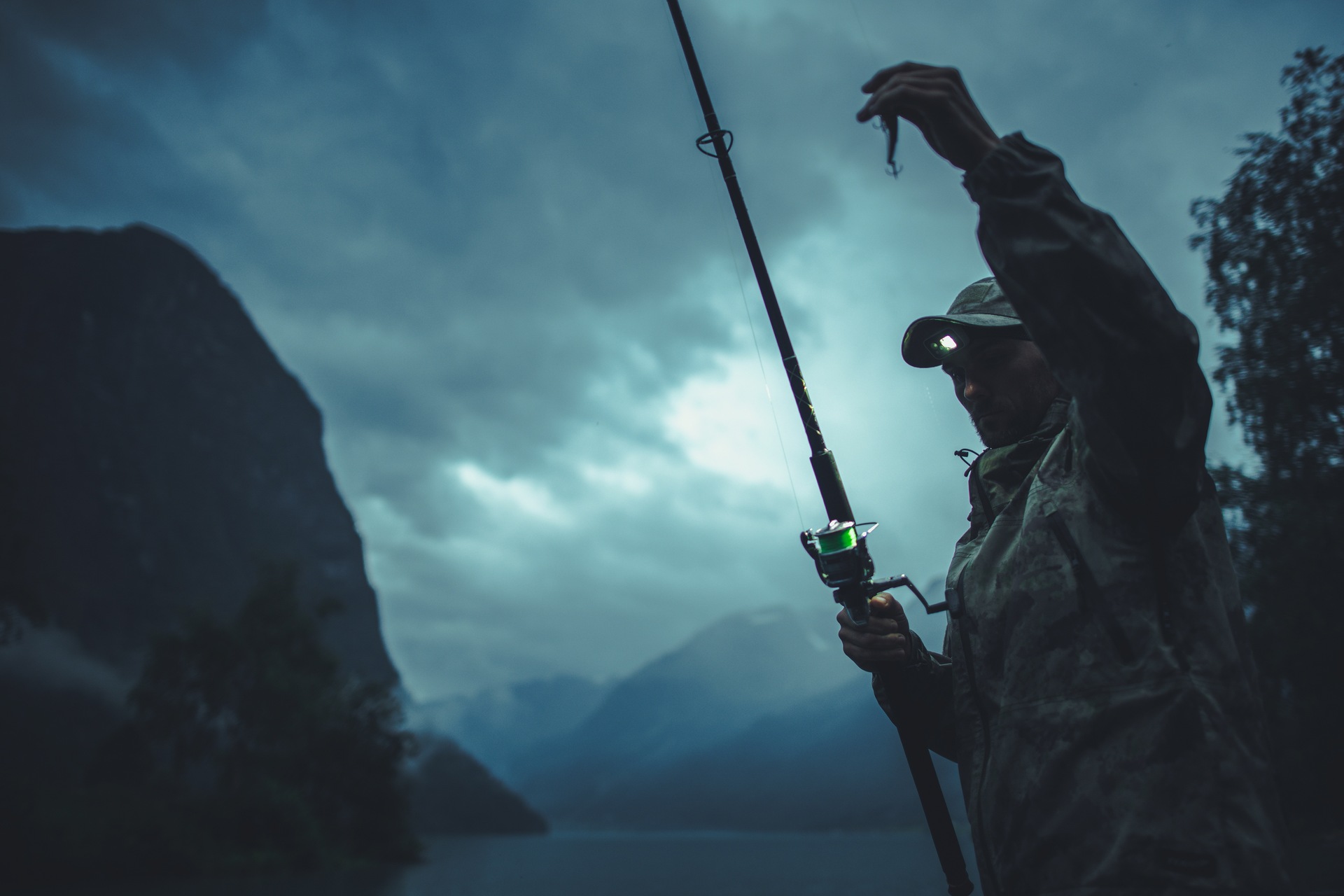
Select Baits for Nighttime Snook Fishing
When the sun sets and it’s time to tackle the dark waters, the bait or lure you choose can make all the difference. Here’s an overview of the most effective options, along with the advantages and disadvantages of each one:
| Bait/Lure | Pros | Cons |
|---|---|---|
| Finger Mullet | Has natural swimming motions and it's a favorite of many predators | Might attract other unwanted species |
| Pinfish | It's hardy and survives longer on a hook | Can be harder to catch as bait |
| Shrimp | It's loved by all marine species and it's easy to source and rig | Can be easily picked off by smaller fish |
| Soft Plastic Lures | Mimics a variety of prey and can be combined with scent boosters | The less natural feel might deter some strikes |
When you’re dealing with live baits, hook them in a way that allows for natural movement. As for lures, a steady retrieval with intermittent twitches mimics the movement of real prey, making it hard for our target to resist taking a bite. Also, consider scenting the soft plastics – in those dimly lit conditions, a dash of scent can greatly enhance appeal.
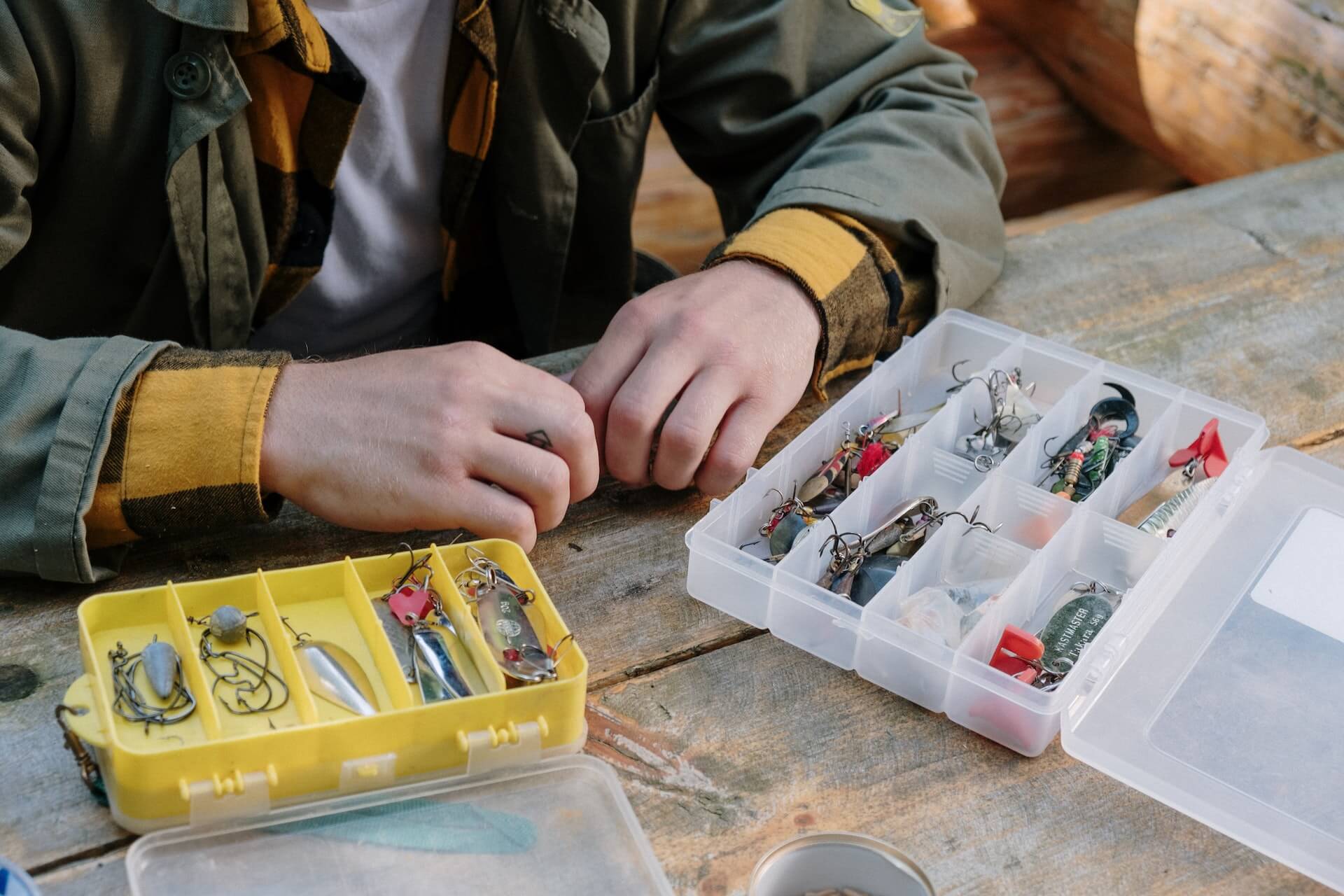
Tips for Success in Nighttime Snook Fishing
Let’s end our nighttime journey with a few additional tips to ensure a successful session. First things first – patience and persistence are your best allies. The cloak of darkness might hide the snook’s presence, but trust me, they’re lurking and watching.
Listen because often, the sound of a strike or the faintest rustle gives away their position. Feel every movement, every tug, as the subtlest of bites can be the signal of a big catch. And here’s the golden rule – make sure to work on your casting skills. Accuracy in casting is paramount – a misjudged throw might just send our finned friends darting away.
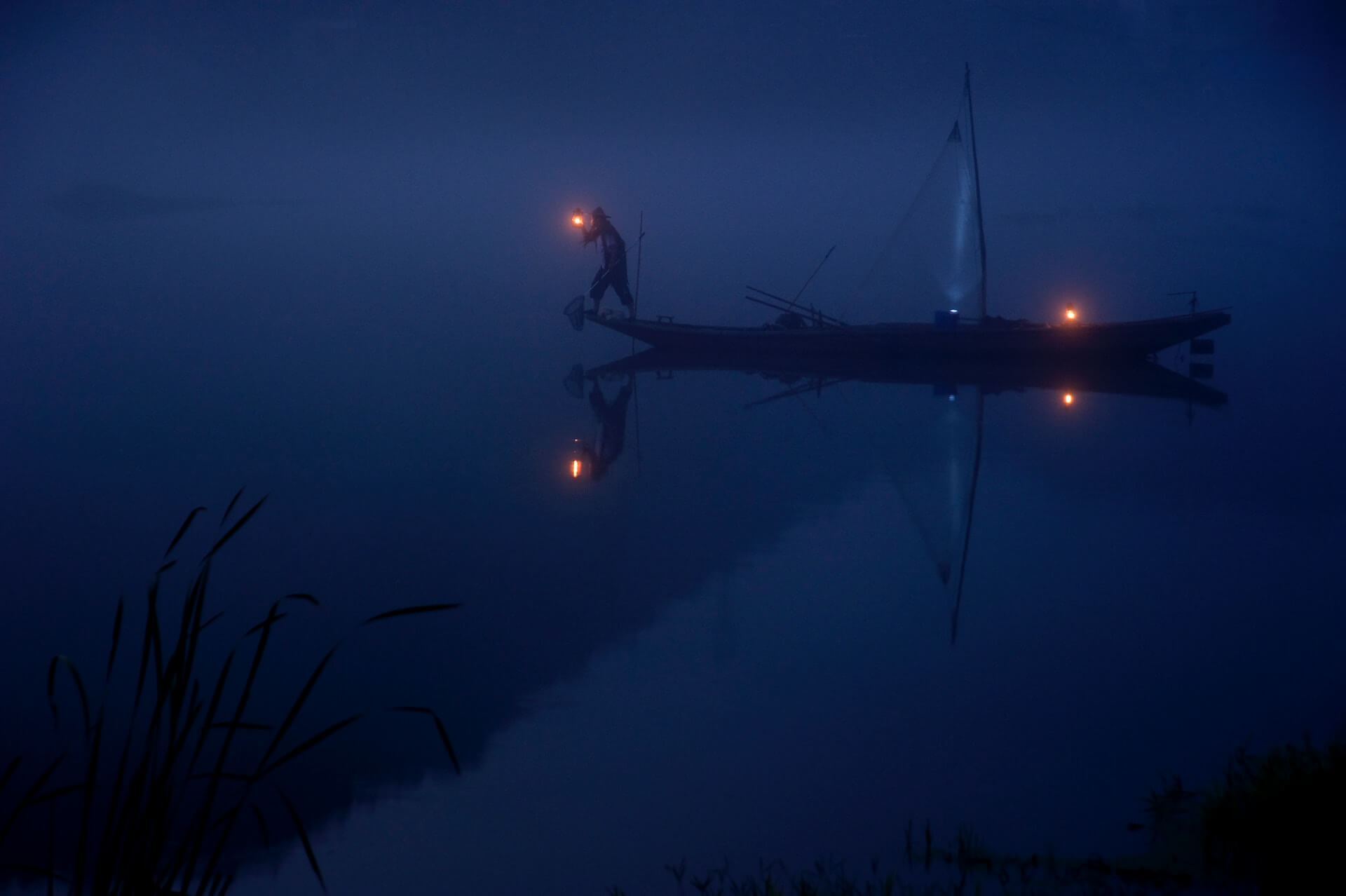
Wrapping Up Our Moonlit Adventure
Tackling the water after dark is an experience like no other. The sound of the water, the thrill of the unknown, and of course, the potential for that unforgettable catch. Just remember the golden rules – patience, precision, and always staying in tune with your surroundings. Each session is a new story waiting to be told, so gear up, trust your gut, and let the nocturnal adventures begin.








